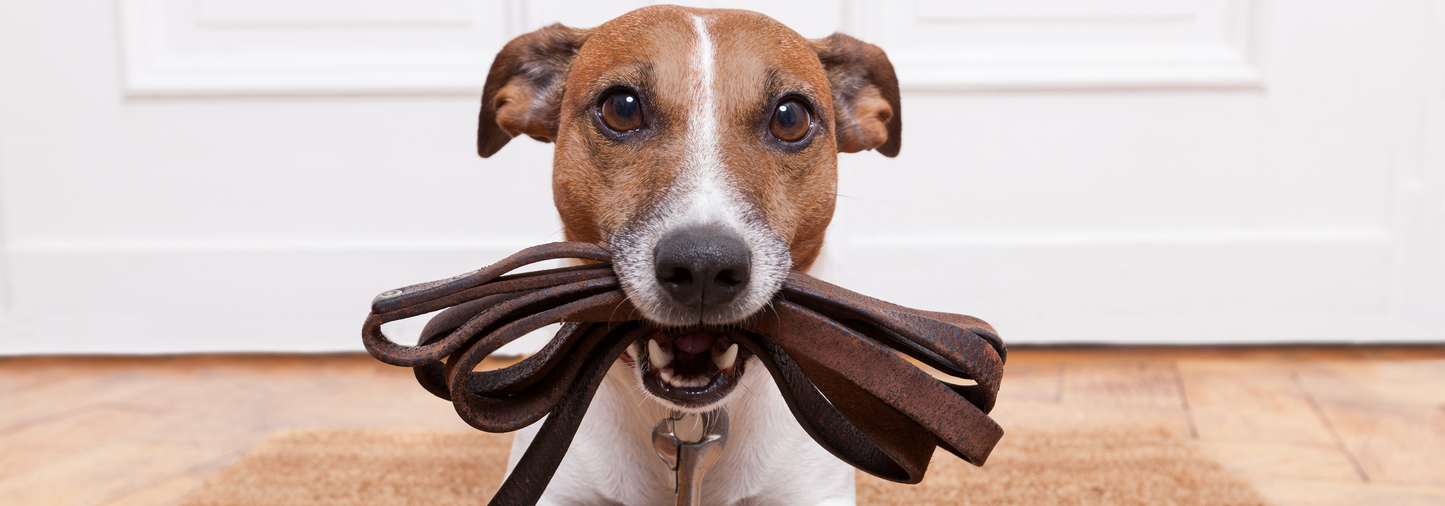
Transform your walks into enjoyable, cooperative adventures.
Picture this: You and your furry companion stepping out the door, both eager to embark on a leisurely walk, connected by a leash with just the right amount of slack. However, the all-too-common frustration of leash pulling threatens to spoil the outing. Fear not! Before we delve into the techniques for achieving peaceful leash walks, let's unravel why your canine companion might be inclined to pull on the leash.Understanding Your Dog's Leash Behaviour
It may seem like your dog is intentionally disobeying your commands when they tug at the leash, but there's usually more to the story. The pace at which humans stroll significantly differs from a dog's natural trot. Your dog's pulling could be their way of urging you to pick up the tempo. Moreover, while we often prefer a direct route from point A to B, your dog's curiosity may lead them to explore every fascinating sight and scent in their path. These differences emphasise the importance of patience and understanding as you teach your dog to sync with your walking rhythm.
How to Prevent Leash Pulling:
1. Assess Energy Levels: Before setting off on your walk, gauge your dog's energy level. If they're brimming with excitement and boundless energy, anticipate some leash tension. To prevent frustration, engage in a pre-walk play session, like backyard fetch, to burn off excess energy and ready your pup for a productive leash lesson.
2. Equip Wisely: Avoid the instinct to tug back when your dog pulls forward. Instead, opt for a chest harness instead of a traditional collar to reduce strain on their neck. These harnesses redirect your dog's motion when they pull, discouraging further tugging. Over time, your dog will grasp that pulling leads to stagnation.
3. Slow It Down: Encourage your dog to adopt a gentler pace by rewarding them for maintaining a reasonable walking speed or ignoring tempting scents. Shower them with praise, treats, or affection to reinforce the idea that attentiveness to you equals a leisurely stroll.
4. Start-Stop Strategy: When your dog exerts excessive force on the leash, simply halt in your tracks until the leash goes slack. Then, resume walking. Repeat as necessary. Use treats to guide your dog back to your side when needed. This approach ingrains the concept that pulling on the leash disrupts the walk's flow, reinforcing your expectations.
5. Brief and Positive: Particularly when training a young puppy to master leash etiquette, keep sessions brief, around 10 minutes, to sustain both your and your pup's focus. Maintain a positive atmosphere and don't forget to reward good behaviour.
By mastering these strategies, you'll transform your walks into enjoyable, cooperative adventures, leading to a deeper bond with your four-legged friend along the way. Good luck!

